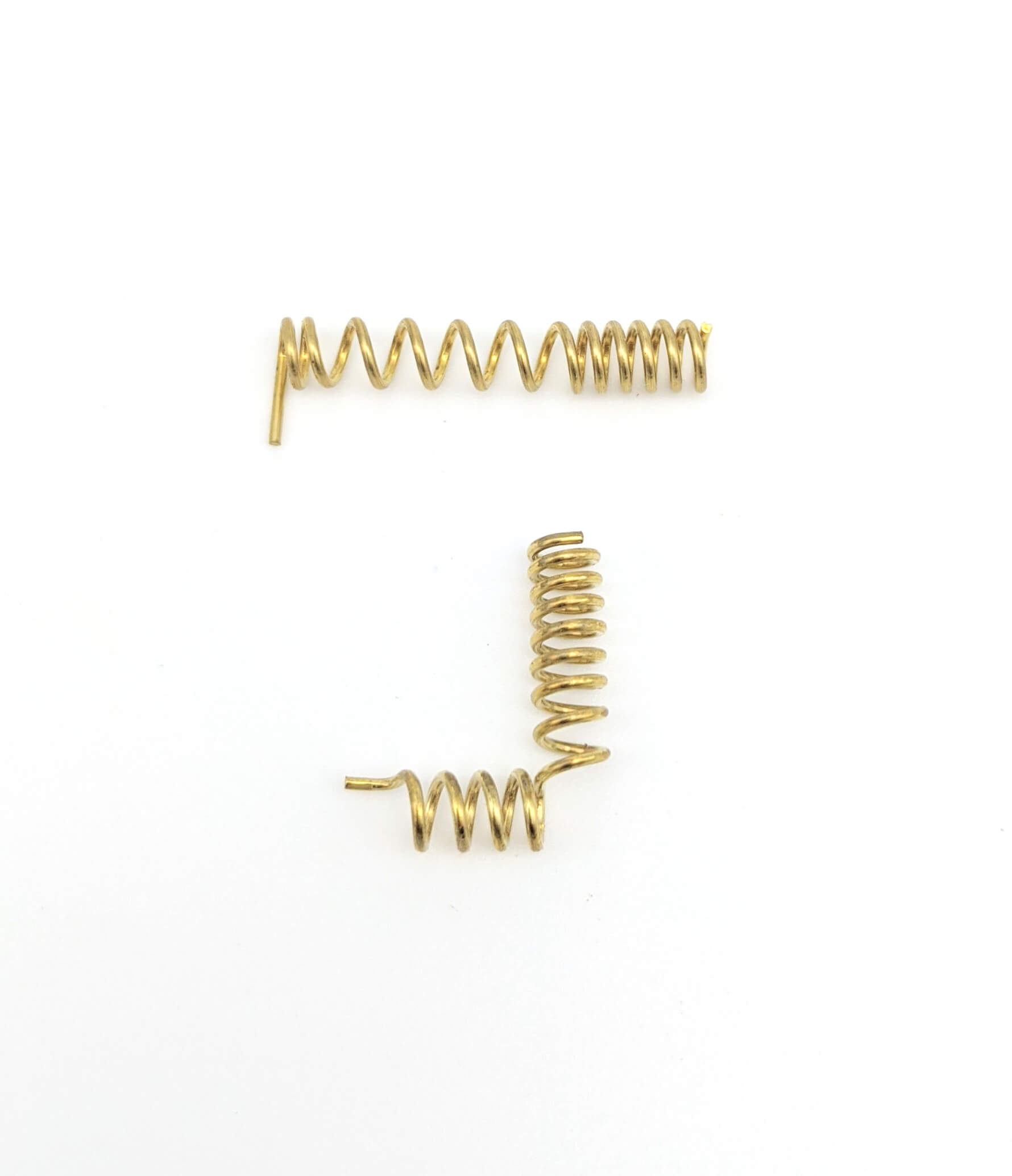Get unique, complex parts easily. No matter your requirements, Chaoyi Spring creates hard-to-produce coil springs and wire forms.
Let us help you create the custom wire form you need, from S-hooks and J-hooks to utility hooks and more.
We work closely with customers across a wide range of industries, helping them design and manufacture made-to-order parts.
Why choose Chaoyi Spring? We prioritize customer-focused collaboration, modern equipment and the latest technology to make your parts per print.
Find the information and guidance you need, from measuring a spring to learning about materials, placing an order and much more.
In the world of mechanical engineering, springs play a crucial role, acting as essential components in countless devices and systems. However, with diverse spring types available, it can be confusing


In the world of mechanical engineering, springs play a crucial role, acting as essential components in countless devices and systems. However, with diverse spring types available, it can be confusing to decipher the differences between them, particularly when dealing with tension springs and torsion springs. These seemingly similar springs often cause confusion due to their similar appearances, but they function in fundamentally distinct ways, each tailored for specific applications. This article aims to delve into the core differences between tension springs and torsion springs, exploring their unique characteristics, applications, and advantages.

Tension springs, also known as extension springs, are designed to absorb and store energy when stretched, resisting an applied force that attempts to elongate them. Imagine pulling a rubber band—that's essentially how a tension spring operates. The force exerted by a tension spring is directly proportional to the amount it's stretched. This relationship, known as Hooke's Law, is a fundamental principle governing spring behavior.
Tension springs find widespread use in various applications, including:
The construction of tension springs typically involves winding a coil of wire in a helical pattern, with the ends of the coil often connected to hooks or loops to allow for easy attachment. This configuration enables the spring to elongate when a force is applied, storing energy within its stretched coils.
In contrast to tension springs, torsion springs are designed to resist a twisting force, storing energy when twisted around their axis. Think of a spring-loaded door hinge that resists opening and closing. The force exerted by a torsion spring is proportional to the angle it's twisted, again adhering to the principles of Hooke's Law.
Torsion springs have a broad range of applications, including:
Torsion springs are often made of a coil of wire that's wound around a central rod or shaft. When a twisting force is applied, the coils of the spring rotate relative to each other, storing energy. This twisting action generates a resisting force, which is proportional to the angle of twist.
The fundamental difference between tension springs and torsion springs lies in the direction of the applied force and the resulting motion. Tension springs resist forces that attempt to stretch them, while torsion springs resist forces that attempt to twist them.
Here's a table highlighting key differences between the two types of springs:
| Feature | Tension Spring | Torsion Spring |
|---|---|---|
| Force Application | Stretching | Twisting |
| Motion | Elongation | Rotation |
| Common Applications | Door closers, garage door openers, mechanical toys | Door hinges, window latches, clock mechanisms |
Beyond their distinct functionalities, tension springs and torsion springs are often distinguished by their shapes and dimensions.
Choosing the right spring for a particular application requires understanding the specific demands and forces involved. A tension spring is ideal for applications that require linear movement and force, such as door closers or garage door openers. In contrast, a torsion spring is better suited for applications involving rotational movement and resistance, like door hinges and window latches.
When selecting a spring, consider factors such as:
For example, when designing a door closer, a tension spring is essential to provide the retracting force that closes the door. The spring's force and deflection limits must be carefully chosen to ensure smooth and reliable closure. Conversely, when designing a door hinge, a torsion spring is required to resist the twisting force applied when the door is opened or closed. The spring's torque and angle of twist need to be properly selected to provide the necessary resistance and prevent damage to the hinge.
Tension springs and torsion springs are indispensable components in various mechanical systems. While they may appear similar at first glance, their fundamental differences in functionality and applications are crucial to consider when designing or selecting springs for specific purposes. By understanding the unique characteristics, advantages, and applications of each type, engineers and designers can select the most appropriate spring for their projects, ensuring optimal performance and reliability in their mechanical systems.
In conclusion, the world of springs is far more diverse than initially meets the eye. Tension springs and torsion springs, although seemingly similar, offer distinct functionalities, catering to specific mechanical demands. By comprehending the forces they resist and the motions they generate, we gain a deeper appreciation for their vital role in countless devices and applications. So, the next time you encounter a spring, take a moment to consider whether it's stretching to resist a force or twisting to provide resistance—it's these subtle distinctions that define their unique characteristics and applications.
Browse some of the custom wire forms and springs that we manufacture. Don’t see what you need? We specialize in made-to-order products that meet your application requirements.
Visit Our GalleryNeed a custom wire form or coil spring? We make it work. Fill out the contact form and a representative will respond within 1 business day. If you have a PDF or CAD file, you can submit to request a quote.